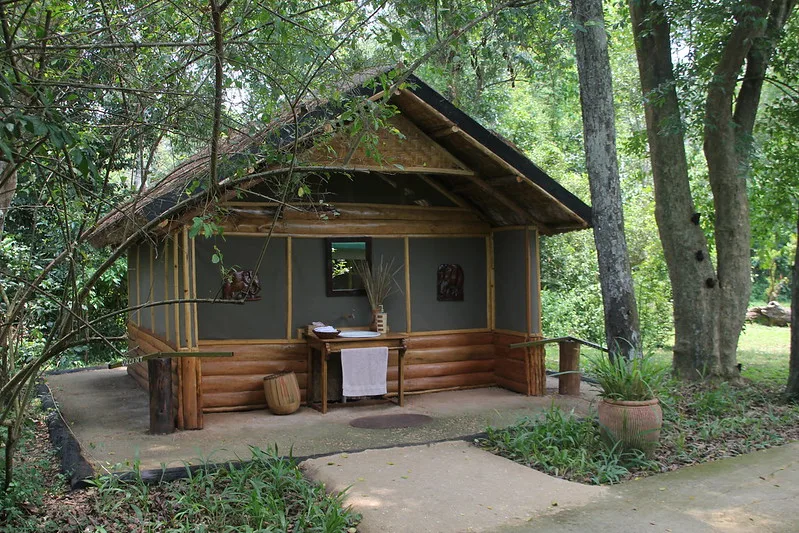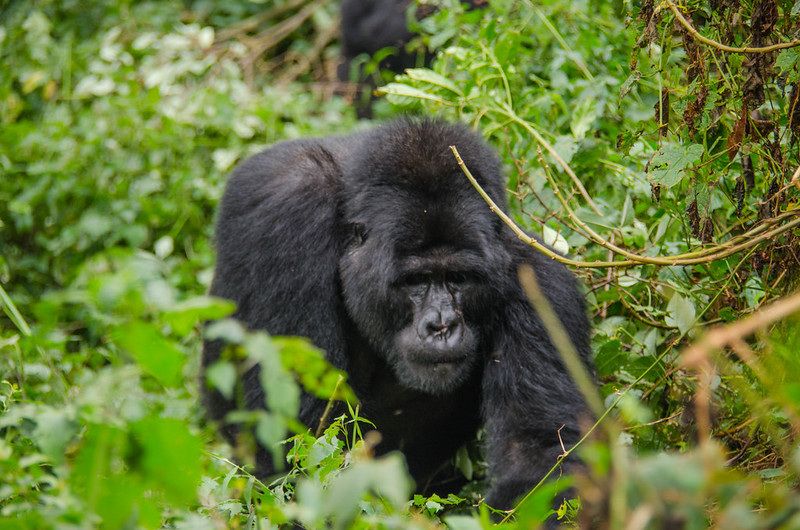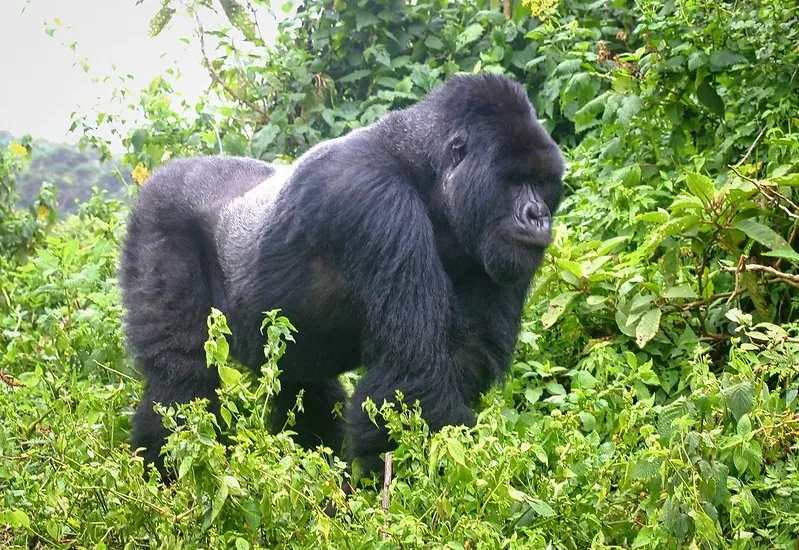Vous êtes bienvenus, aventuriers courageux, dans les merveilles sauvages de l'Ouganda, où l'appel de la…
Ugandan culture, ethnicity, variety, features, and traditions
Ugandan culture, ethnicity, variety, features, and traditions
Variety is a sign of richness, as well as a criterion of excellence. Uganda is unquestionably one of the wealthiest nations in the world, endowed with beauty, variety of shape and color, a profusion of bright life, and a rich culture and heritage! Ugandan culture is rich in distinct traits, ethnicity, and variety, and comprises various tribes and civilizations like as the Baganda, Banyankore, Bahima culture, and Banyoro, among others.
The country is positioned along 1° 22′ 14.63′′ N 3 and 2° 18′ 11.67′′ E, with the capacity to own multiple kingdoms, clan systems, and chiefdoms that are artistically scattered over the land.
Each kingdom and clan is magnificently located along unique geographical features and landforms, ranging from the Virunga landscape in the south to the 7-meter gorge in Murchison near the Spectacular Rwenzori ranges in the west to the undisputed mount Elgon in the east and the fresh water lake Victoria, as well as the legendary Nile in the center.
This variety of tribes living in various geographical regions has contributed to the evolution of the people’s way of life, social character, let alone their customs and traditions over generations. Thus, the dignified landforms that are distributed among the regions may be attributed with enhancing Uganda’s diverse and unique cultures. This is clear when one considers the various modes of dress that the various groups and tribes identify with, depending on which region they come from, beginning with the Kanzu and Gomesi/Busuuti in the Central region, the Omushanana and Suuti in the Western region, and the Nakatukok (checkered sheet) in the Northern region.
Dressing, a gift of art and ability, is one of Ugandan tradition’s non-issues. For how one would make a fabric out of tree bark, or should I say wood, has long been a puzzle that science has been unable to solve. The unique African intellect that coupled the realization of bark peeling off the Mutuba tree, experience, and pressure-exertion hammering subsequently recapitulates the ancient Ugandan man’s textile business and factory. This is generally one of the greatest discoveries of ancient times, and it continues to affect Ugandan clothing culture and modesty to this day.
One of the worst illusions of our age is claiming to be a musician without integrating touch and nature. For when I consider what Franz Joseph Haydne said on his deathbed, “I have just figured out how to use the winds,” as well as Brian D. Farrell’s research that reveals the relationship between music and nature, I am left with no choice but to credit the expansive wisdom of my grandfathers for being fully equipped with such information and ingenuity at heart. They were able to make a number of instruments from nature itself at such an early age, which resulted in various and unique melodies that certainly appear harmoniously in a lot of today’s instrumentals. If comparison were my best friend, I would have likened such true African sounds to Johann Pachelbel’s famed songs.
Creating music and melody without dancing or physical reaction is like to eating food without salt. As a result, our forefathers depicted their traditional dances in reply to their tuneful African beats, and this was not only one of the major sources of entertainment but was also very often brought in convenient to enhance multiple gatherings as well as to constantly glue the art of unity among their people. This love of music and dancing has successfully made its way even into the present generation, as people enjoy musical and dance activities whether they live in the most distant of villages or the most metropolitan of places, since it all has one common denominator: pleasure.
Food was not the only thing our forefathers excelled at. They accepted the fact that one not only needed to eat, but also had a plentiful variety of what to eat or choose from. Thus, different types of foods were produced by different groups to promote welfare, because being healthy was not as trivial a concern in our forefathers’ magniloquent viewpoints as one might suppose.
In general, Uganda is a cultural color wheel with a wide range of technological diversity. Diversity is a question of diversity, shape, substance, and splendor, not of output. We are discussing the diverse gifts of nature, a rich culture, and variety, which are comprised of varied activities and behaviors. Consider the old Ugandan hospital’s unique type of medical care, which entailed the art of recognizing a prescription from the numerous plants and might perhaps make the weak strong.
The existence of numerous areas, each with a particular geographical form, requires varying modes of life and therefore different styles of wearing, singing, sound instrumentals, and dances. To this day, these forms are still culturally perpetuated in such a way that, whether in the city or in the countryside, the various cultural norms and behaviors serve as a stronghold to which we can always return, in unending remembrance of who we are. But no matter who we are or where we come from, we are all Ugandans.


